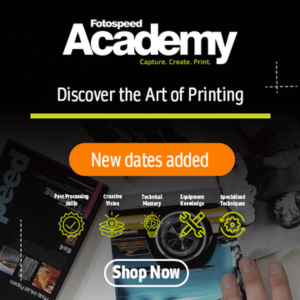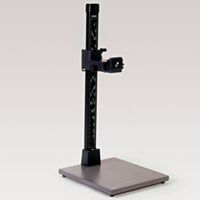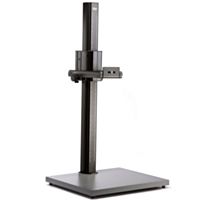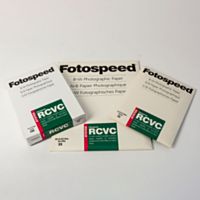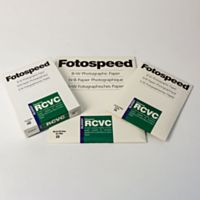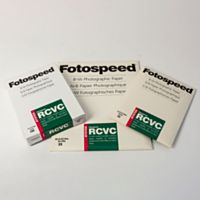Tony Worobiec: The Intimate Landscape - The beauty of ice (Part 7)

Well, here we are again in a ‘lockdown’ and tier system, but as I explained in my first blog in this series, even our immediate locality offers us superb opportunities for indulging the "intimate landscape". This is the time of year when frosts and ice begin to appear and whilst some view these as a hindrance, from a photographic standpoint it is something we should welcome.
It is worth noting that the following images were taken on my daily walk within Wareham Forest. Moreover, they were largely taken just at the crack of dawn because living in the south of England it's quite noticeable how quickly ice and hoar frost can disappear once the sun appears above the horizon. The great joy of this time of the year is that you do not need to get up too early in order to capture that wonderfully iridescent pre-dawn light. Another reason for getting out early is that you avoid dog-walkers who seem to take a delight in putting their feet right through the middle of an inviting layer of ice.

Look at your car windscreen
If you intend to drive to your chosen location, before you scrape off the ice from the windscreen just marvel at the beautiful leaf-like patterns the overnight conditions have created. What I find especially fascinating is that these patterns are absolutely unique. They are created as a result of tiny imperfections on the windscreen caused by the dust and dirt that pepper our windscreen at this time of the year, so don't be in a rush to clean your car.
These almost imperceptible elements promote the formation of ice-crystals that result in these wonderfully organic patterns. You may be wondering whether you should take the photograph from the outside looking in, or perhaps from the inside looking out. Try both, the results will differ.

Indulge the "abstract"
A feature of the intimate landscape is that it requires that we embrace the abstract, and this is especially the case when photographing ice. It is easy to assume that this has been taken using a macro lens, but in fact I was using my standard 24-105mm zoom. Whilst in normal circumstances I am inclined to use a tripod, in these circumstances the legs can get in the way; in this example I knelt on the ground and hand-held the camera directly above the ice making sure that the sensor plane was parallel to the ground. That way I was able to ensure that the entire image was sharp from corner to corner. Take care not to cast a shadow over the ice.

The reflected sky
What I find so fascinating about frozen puddles is how variable they can be. It’s almost as if each puddle creates its own unique pattern. These can be caused by how shallow the pool is, whether there is debris in the water, or sometimes these fabulous patterns can be formed by a cycle of the water freezing and then partially melting. A feature perhaps some might not appreciate is just how reflective ice can be; in this example the sky and the emerging sun are wonderfully captured in this icy puddle. With the rays from the sun so low in the sky, one begins to appreciate how three- dimensional ice can be.

Frozen vegetation
This part of Wareham Forest is quite boggy and is littered with isolated tufts which offer an interesting feature when it's freezing. What I especially found fascinating are the rich, lace-like linear patterns created not just by the ice, but also the tufts heavy in a thick frost. Unlike the previous two images, this has been shot obliquely, therefore it was much easier to use a tripod. It was necessary however to ensure that I used a small aperture to ensure that every part of the image was in focus. The joy of indulging in this genre of photography is that the landscape is constantly changing, and whilst this particular aspect of the forest would normally not appear interesting, in these conditions it does.

The visual analogy
When indulging in something as personal as the intimate landscape, it does sometimes help if you can identify something I term ‘the visual analogy’. What I mean by that is by looking at something quite small, it can remind us of something much larger. For example here, as I held my camera over the ice, it immediately reminded me of the frozen wildernesses of Northern Canada I saw from my aeroplane window when flying to North America. With respect to printing, I am renowned for being cautious, generally favouring art matt and lustre papers, but this time I thought I ought to experiment and, throwing caution to the wind, I opted for Fotospeed Metallic Gloss. I'm glad I did, because the subtle luminescence of this paper positively enhanced all the ice pictures I printed, especially the more abstract ones. I shall have to experiment more!

Pictures of ice look really good on our Fotocards, and if you’re still looking for some last minute christmas cards, you can get your hands on some here.
For more tips and tricks, check out Fotospeed’s YouTube channel and sign up to the newsletter.

